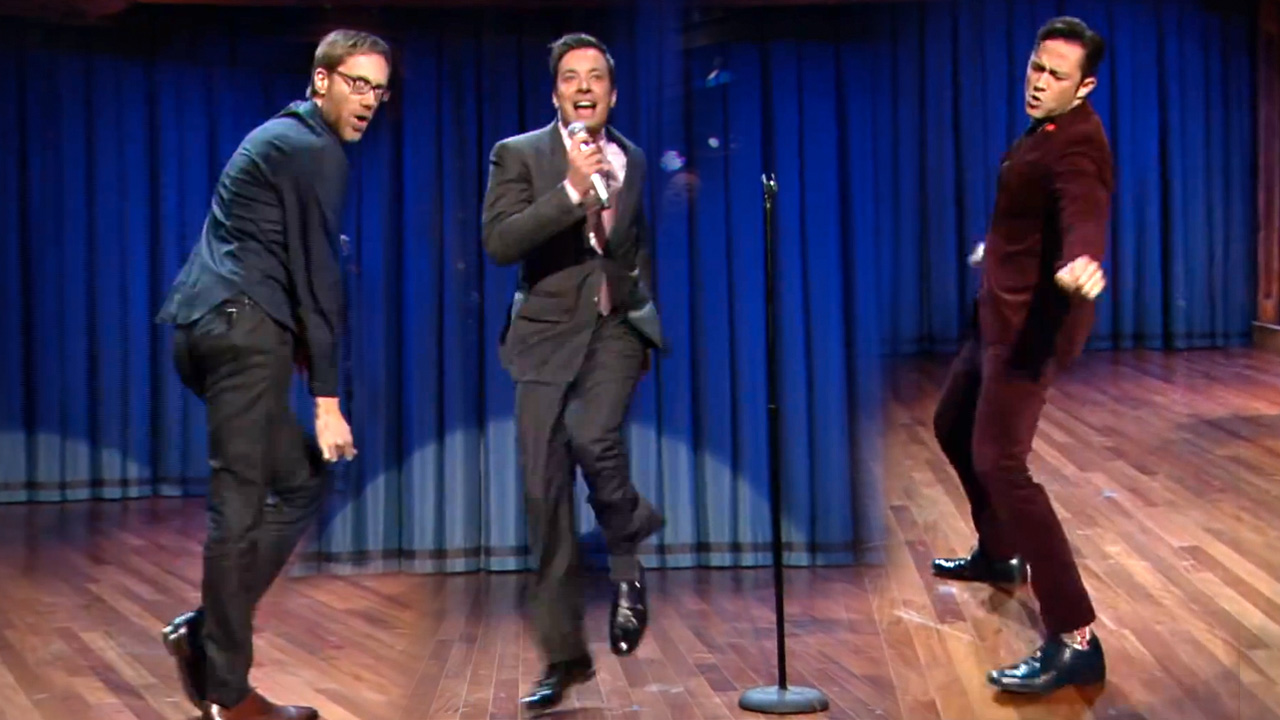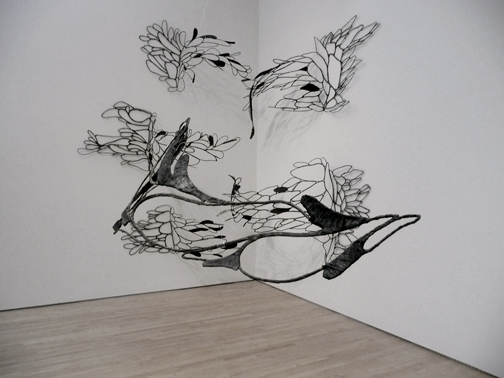Hipster culture is the epitome of postmodern crisis. Hipster fashion reaches back decades into the past, appropriating styles that were never really considered cool, and hipster music preferences become increasingly esoteric as fresh new bands are claimed by the mainstream. Journalist Rob Horning describes hipsters as "the embodiment of postmodernism as a spent force, revealing what happens when pastiche and irony exhaust themselves as aesthetics". Christian Lorentzen of Time Out New York says "hipsterism fetishizes the authentic" elements of all of the "fringe movements of the postwar
era - Beat, hippie, punk, even grunge...and then regurgitates it
with a winking inauthenticity". Perhaps the most scathing comment about the movement comes from Time writer Dan Fletcher: "[It is] the dead end of Western civilization".
So what does hipsterism have to do with art music? Well, composers like myself face the unfortunate situation that all of music history lies at our fingertips, and we can draw upon literally any style from the past without major consequence. Anything goes. But like hipsters (which most of us are anyway), we can't be completely authentic about it. You can't write an oratorio in Classical style or a piano concerto that exactly imitates Rachmaninoff. Those moments are over. We can hint at them, but we have to acknowledge that the source material is buried in the past. The mixing of categories and everything-is-permissible mantra bring me back to Baudrillard's essay. He laments the watering down of sex through overexposure in the media and innuendos; everything is sexual. Similarly, everything is political, and the drive of athletic competition has found its way into the workplace.
Baudrillard even claims (and what a great quote to include in this last blog post) that "There is no longer an avant-garde, political, sexual, or artistic, embodying a capacity for anticipation; hence the possibility of any radical critique - whether in the name of desire, of revolution, or in the liberation of forms - no longer exists". Yes! Classical music from the standard practice period is great to listen to because you become familiar with the conventions of the style, and then you are stimulated by the careful subversions of your expectations. Today, where are the conventions? It's a serious problem.
OK. So William Bolcom wrote a piece called Songs of Innocence and Experience, using the complete text from the William Blake collection of the same name. It's quite intimidating to even try to write about this piece. I listened to the whole thing earlier this year, following a reduced score. It is probably the most polystylistic thing I've ever heard, with sections of angular atonality, Baroque ornamentation, jazz, funk, reggae, and a whole lot else. This makes for a rather disjointed set, but I think the variety is the point. William Blake's poems focus on many sorts of characters in society, from a chimney sweeper to a shepherd to nurse. Perhaps William Bolcom sought to respect that diversity by pulling in all the musical traditions that make up our human experience.
It is important to note that William Bolcom was instrumental (no pun intended) in the ragtime revival that happened in America around the 1970's. The film The Sting, with its soundtrack of classic Scott Joplin rags, reawakened interest in the style. Bolcom ended up contributing over twenty original rags that actually advance the genre in a meaningful way, exploring more musically adventurous territory and employing extended piano techniques. He even has two programmatic ragtime "suites": the Ghost Rags and The Garden of Eden. If anyone doubts his sincerity in writing these pieces, they only need to look at the sheer output and at the obvious large amount of work he put into them. I've played the Ghost Rags and they are fantastic.
Lukas Foss was another stylistic maverick. I listened to his Time Cycle and didn't quite know how to respond. I had hyped myself up for it because Dr. Grossmann studied with Lukas Foss, and he said that once this piece was performed and so well-received by the audience that it was performed again right there! The piece is definitely very good, and I recognize the influences: sprechstimme that recalls Pierrot Lunaire, antiphonal brass reminiscent of Renaissance cathedral music. The whole thing is a meditation on time (with text from Auden, Housman, Kafka, and Nietzsche), so the retro stylings make sense.
Robert Ashley's Perfect Lives is kind of a funny way to end the whole Avant-Garde saga, but why not. Big epic finales don't really matter anymore. Sometimes things just happen. This piece is a convincing evocation of easy-listening music, with shimmery piano runs and jazzy flourishes over a bed of synthesized strings. There's even a soothing vocal that could be a radio announcer or a friend sitting next to you in the car. Except that this voice is talking about some kind of anxiety and fear. It's a pretty weird complete product.
This class has been a real trip. Maybe it's OK to not have built-in conventions and expectations for music anymore, so that we can approach each new-music experience as a blank slate, tabula rasa, and construct meaning from the ground up.
Where do we go from here? Seriously? I don't know. Composition seems like more and more of a fragile pursuit, too risky and unrewarding, but there are moments when I'm sitting in a concert hall and hear a new piece of music that manages to achieve an original and sincere beauty, despite being written in this miserable postmodern world, and it takes my breath away and I want desperately to hold onto it. It's like a little bright spark in a fire that seems to be slowly dying. If I can create that same experience for someone who needs it to feel less alone and scared, then maybe this whole long road of music school was worth it.
OK. Here's the real finale (start at 8:20).







